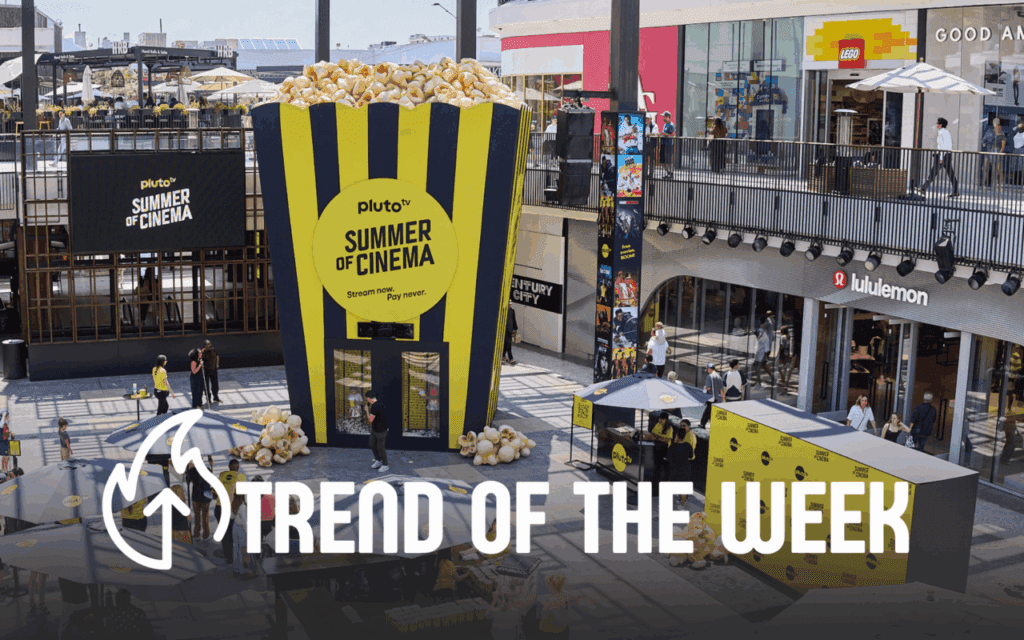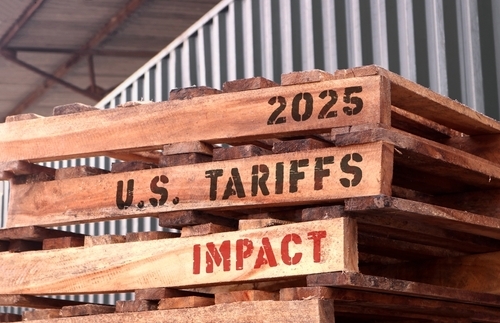Ensuring that your brand is relevant to your target consumer is priority number-one among marketers today. This includes not only understanding when, where, and how consumers use or purchase your brand but also developing an understanding of when, where, and how they respond to your brand message. Hence the evolution of media planning to channel planning.
It’s a fairly daunting and scary task for those who truly want to see how relevant their brand is in the marketplace. More often than not, the brand position doesn’t align with consumer perception.
Channel planning has led to a proliferation of marketing messages creeping into every aspect of consumers’ lives. Brands, and even industries, that are fighting to break free from the confines that society has historically categorized them in must take risks and put themselves in positions and places where consumers aren’t used to–or even comfortable–seeing them.
While the 30-second spot and the roadside billboard haven’t quite gone the way of the dodo bird just yet, marketers have come to the realization that more than ever, consumers are in control of the marketing messages they are willing to receive and, more important, what marketing messages they’re willing to engage.
Realizing that their brand messages have been trapped on television channels, magazine pages, and the sides of buses for too long, many marketers are looking toward the Internet and experiential marketing to set them apart from the competition. Note the brands that flocked to the social networking sites like MySpace, Facebook, Flickr, and YouTube… and many of them failed.
But not all. For instance, Kraft, through its “open innovation” program, handed the keys to the consumer and simply asked to be taken along for the ride. The foods manufacturer created a microsite on which it solicits ideas—for new products, packaging improvements, even recipes—from the public. This willingness to open up and talk with the consumer rather than to the consumer has created advocates who embrace the collaborative nature of the brand.
Other brands have succeeded through untraditional activations. Budweiser Select, a domestic beer brand fighting for the taste buds and dollars of the upscale hipster crowd, formed a relationship with Flavorpill, a publisher of e-newsletters covering cultural events in five major cities, and contemporary-art museums around the country, sponsoring shows and other events.
Starwood Hotels launched its hip Aloft concept in “virtual world” Second Life, giving consumers the ability to experience the brand on their terms online.
Toyota’s boxy Scion built credibility amongst their core consumers through its experience festival, WhatMovesYouMiami. Using music, art, and fashion, Toyota elevated the brand beyond miles-per-gallon and pricing considerations.
And finally, juice brand Ocean Spray is creating cranberry bogs in several major markets in support of its “Straight from the Bog” marketing campaign. The program, called “Bogs Across America,” coincides with the cranberry harvest.
Whether it’s finding a cranberry bog in a fountain in Rockefeller Center or sipping a Budweiser Select while enjoying fine art at the Guggenheim, successful brands are creating relevance by engaging consumers outside the expected confines of traditional media.
Mike O’Neill is CEO of the Spark (www.liberateyourbrand.com), a St. Louis-based engagement marketing agency.
 Network
Network

